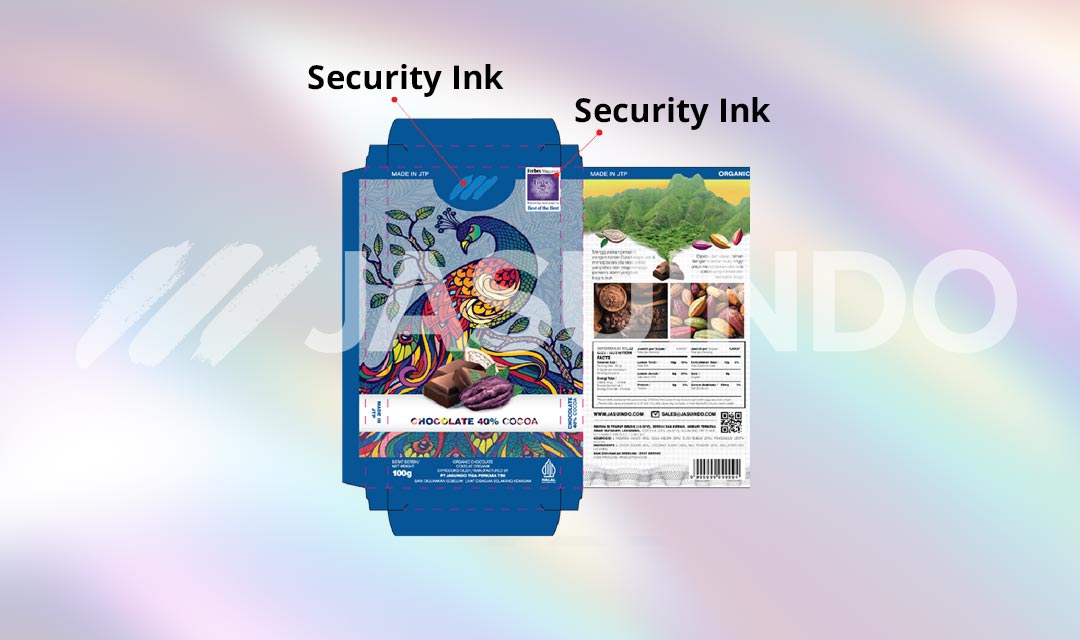
Types of Product Packaging
Product packaging not only serves as physical protection, but also acts as the face of the product in the eyes of consumers. The design and type of product packaging can play a significant role in influencing purchasing decisions and building an impression of a brand. The following are several types of product packaging that are commonly used in the market today.
Types of Product Packaging Based on Structure
Basically, types of product packaging can be differentiated based on their structure, namely:
1. Primary Packaging
Primary packaging is the layer directly in contact with the product itself. The goal is to protect the product from physical damage, contamination, or environmental influences such as light and air. Examples of primary packaging are plastic bottles, cans, or blister packaging that provide direct physical protection.
2. Secondary Packaging
Secondary packaging surrounds the primary packaging and provides additional protection. Apart from that, secondary packaging can function as a promotional and branding medium. Cardboard boxes that enclose several small products or paper bags that contain several units of a product are examples of commonly used secondary packaging.
3. Tertiary Packaging
Tertiary packaging is packaging that is used to collect several secondary packages into one unit. Usually, this packaging is designed to facilitate distribution and storage. Pallets or large containers containing a number of secondary packaging boxes are examples of tertiary packaging.
Types of Product Packaging Based on Material
Apart from being differentiated based on their structure, types of packaging can also be differentiated based on the packaging material, including:
1. Plastic packaging
Plastic packaging is one of the most commonly used types of packaging because it is light, waterproof and recyclable. Drinking water bottles, food containers and snack packaging often use plastic. However, environmentally unfriendly materials and the problem of plastic recycling are becoming increasingly pressing concerns in the current era.
2. Paper and cardboard packaging
Paper and cardboard packaging is a more environmentally friendly choice than plastic. Packaging boxes, paper bags and other product packaging are made from this material. In addition, paper packaging can provide a more natural and organic appearance, creating an environmentally friendly impression.
3. Glass Packaging
Glass packaging provides a premium look and maintains good product quality. Drink bottles, food jars and cosmetic containers often use glass packaging. Its main drawbacks are weight and risk of breaking, but its advantages in recycling make it a better choice.
4. Aluminum Packaging
Aluminum packaging is known for its light weight, corrosion resistance and good recyclability. Beverage cans and food containers are examples of aluminum packaging. Its superiority in protecting products from light, oxygen and moisture makes it a popular choice in various industries.
Types of product packaging include a variety of materials and designs that can meet functional and aesthetic needs. Choosing the right type of packaging not only involves product safety factors, but also involves considering branding, environmental impact and consumer preferences.
In an era where environmental awareness is increasing, companies tend to switch to more environmentally friendly packaging to create a positive impact on the environment and the company’s brand image.
